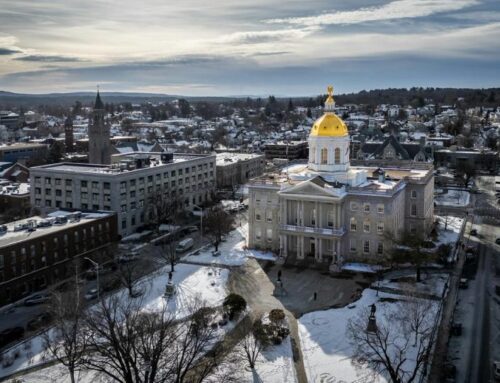Researchers say real impact of deforestation being hidden in Australia’s official figures
November 19, 2025
At face value, the amount of forest in Australia is officially increasing, and has been since 2008.
But if an old-growth tree is felled in a forest and seedlings grow elsewhere, is the official account ecologically sound? Not according to new analysis, which suggests that the way Australia calculates forest cover obfuscates the impacts of ongoing deforestation.
Australia calculates forest cover as a net figure, in which forest losses are “netted off” against forest gains. That is problematic, according to a report led by Griffith University’s Climate Action Beacon, because new forests do not store as much carbon or have the same wildlife benefits as established forests that are being destroyed.
Prof Brendan Mackey of Griffith University, one of the study’s co-authors, described measuring forest losses and gains in net terms as “an accounting sleight of hand”.
“We need to measure gross losses and gains, and collect much better information about what’s been lost and the regeneration that’s happened to assess whether we are meeting our global obligations to climate and ecosystems,” he said in a statement.
Australia is a signatory to the Glasgow leaders’ declaration on forests and land use, made in 2021, which pledges to reverse forest loss and land degradation.
Sign up: AU Breaking News email
According to the federal government’s latest state of the forests report, published in 2023, “Australia’s total forest area increased by 0.75 million ha … from 2016 to 2021, maintaining the increase in total forest area that has been observed since 2008”.
But the new analysis suggests “there is considerable uncertainty about whether the reported net increase in forest area in Australia is real”.
It suggests that the official dataset used to estimate increases in forest area tends to “overreact”, misclassifying areas as experiencing change when none has occurred.
The research, commissioned and funded by the Australian Conservation Foundation (ACF), found that most forest destruction has occurred in species-rich forests while regrowth was mostly in drier regions with sparse vegetation, which are not comparable carbon sinks.
It estimates that clearing in intensive regions releases up to 120 times more greenhouse gas emissions per hectare than could be removed from the atmosphere via the thickening of existing vegetation where most forest gains have occurred.
“If mapped gains in forest area are not really new forests, just greening or thickening of existing wooded lands … then Australia’s seemingly positive net increase in forest cover statistic may be hiding even more substantial losses to biodiversity and much higher greenhouse gas emissions than claimed,” the report found.
The ACF’s Nathaniel Pelle said Australia was unique among wealthy countries in its deforestation problem.
“No other rich countries in the world destroy forests like Australia does,” he said.
Speaking from the Cop30 climate summate in Brazil, Pelle said: “It’s pretty embarrassing, to be honest, that we are here as a prospective Cop president and have so far taken so little action.”
The argument has long been that “as long as forests are regrowing somewhere, and they’re regrowing at a rate at which forests are being destroyed somewhere else, then it’s all fine,” Pelle said. “Clearly that’s not true.”
“We know that to prevent extinctions – which is the commitment of the federal government – and we know that to achieve net zero emissions, we need to keep the old high-carbon-stock forests standing up.
“It’s very important that, should we take the baton from Brazil and host the next Cop, that we do justice to the good work that Brazil has done,” Pelle said.
In the two years since the leftwing leader Luiz Inácio Lula da Silva returned as president, Brazil has halved deforestation in the Amazon.
The federal Department of Agriculture, Fisheries and Forestry was contacted for comment.
Search
RECENT PRESS RELEASES
Related Post




